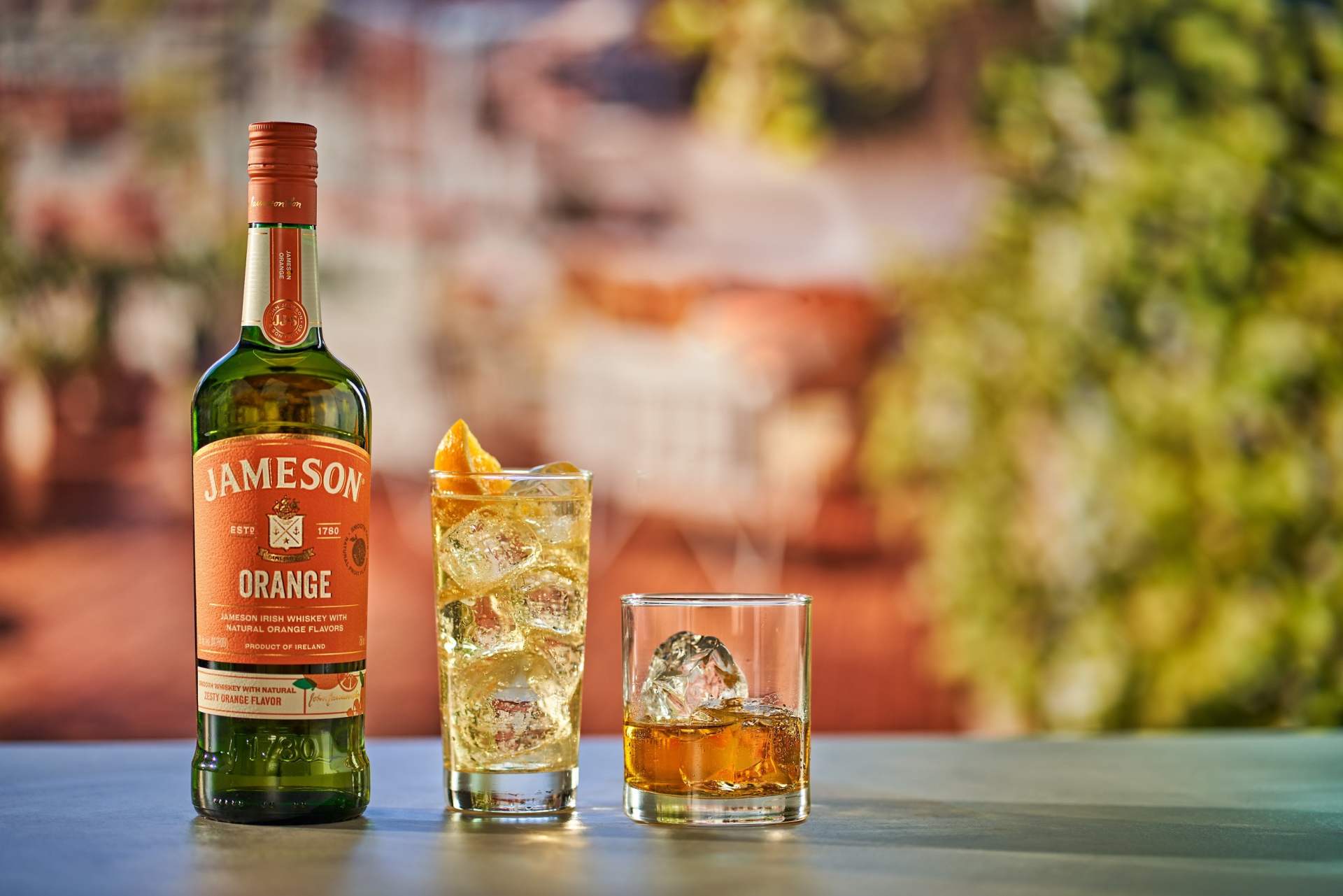How to Achieve Your Goals in 2022
by Jennifer Radkey

The start of a new year for many is symbolic: Fresh year, fresh start.
With the best of intentions, millions of people worldwide create resolutions and set goals for both personal and professional growth and achievement. These goals are created with full enthusiasm and determination and then….the majority of them never come to fruition.
Studies have shown that approximately 80 percent of New Year’s resolutions fail. So what happens? And how can we push forward to achieve our goals instead of letting them slip away?
The majority of us know how to set clearly defined goals. It is something we learned in school, or have read countless articles about. It seems as if it is human nature to want to improve, to do better and be better.
In the hospitality industry, we ask our team members to set goals weekly, if not daily. Goals typically include improving guest retention, increasing sales, improving guest experience, etc.
But once these goals are set, what systems are in place to help your team achieve them? And are you leading by example?
Goal Setting
There are many techniques to goal setting. George Doran, Arthur Miller, and James Cunningham developed the very popular SMART goal tool to assist in developing clearly defined, task-oriented goals. They state that goals should be Specific, Measurable, Assignable, Realistic, and Time-specific (SMART).
Rhonda Byrne’s book, The Secret, discusses envisioning your goals and life desires to attract them to you. But goal achievement is more than just setting a clear goal, or dreaming about what it would be like to achieve that goal. Those are the starting points.
Goal achievement is a process. It can be nitty and gritty and tough. There is typically no easy way. However, there are strategies we can use to help us achieve them, and the result will almost always be worth the extra effort.
Why We Fail
There are countless reasons why goals or resolutions fail, but the reasons mostly fall under two categories: You either lose your willpower or your waypower.
The concepts of willpower and waypower in relation to goal achievement is introduced in Rick Snyder’s Hope Theory, explained is his book The Psychology of Hope: You Can Get There From Here.
Willpower is the desire to achieve your goal; it’s the fire that pushes us to keep going after what we want. Waypower is the map for how we will get to our end goal; it’s the careful plan we have in place to ensure we overcome any obstacles that get in our way.
When we lack willpower our goal seems unachievable, and therefore we give up. When we lack waypower, as badly as we may want to achieve our goal, we are lost with no clear idea of how to get there.
How to Succeed
Finding Your Willpower
If you have lost your willpower, there are several ways to reignite your desire to achieve your goal.
The first is to have constant reminders of your goal. Have it written somewhere where you will have access to it several times a day. Set reminders on your phone, put sticky notes around your office or house, create a vision board representing your goal as your screensaver or on a wall in your home or office.
Remind yourself of why you set the goal in the first place and how it will make your life better.
Many of us lose our willpower when faced with obstacles. Instead of being deflated by obstacles, look at them as challenges to be defeated. Use obstacles as fuel for your fire rather than water to dampen it.
When faced with obstacles it is also helpful to remind yourself of goals that you have achieved in the past and the obstacles you had to overcome to get there. Remembering this time will allow you to acknowledge that you ARE capable and therefore will keep your willpower intact.
Finding your Waypower
Life is busy, and when you are being pulled in many directions at the same time it can be easy to lose your way towards achieving your goals. To ensure that you stay on the path towards goal completion, there are several actions you can take.
Try breaking long-range goals into smaller steps. Start with the first step, and move on to the next, checking off and celebrating each step as you go.
Before you even begin your journey towards goal completion, map out different routes you may need to get there. Knowing these routes beforehand will make it easier to stay focused along the way.
Lastly, know when to ask for help—and be willing to accept it. If you get lost on your way to your goal, perhaps you need some advice from someone who has already achieved that goal.
WOOP
One of my favorite goal achievement strategies is WOOP, created by Gabriele Oettingen. This acronym stands for Wish, Outcome, Obstacle, Plan.
WOOP is a straightforward and effective tool to use when setting goals, and has been practiced by everyone from elementary school students to CEOs of major corporations. Once practiced, WOOP can take less than five minutes of your time while providing great clarity.
The first step is to state your wish or goal clearly. Next, envision the outcome of achieving your goal. Take a couple minutes to really picture what it will look and feel like to achieve your goal.
You are then going to contrast that by thinking of what obstacles might block you from achieving your goal. It is important to note that these obstacles are internal not external.
We rarely have control over external obstacles but do have control over internal ones. What is it about you that will stop you from reaching your goal? Is it low self-esteem, laziness, doubt? Are you distracted easily?
Lastly, you are going to plan what to do when met with an obstacle by using “if/then” phrasing. For example, “If I am feeling lazy and want to have a Netflix marathon instead of working on my goal, then I will get off the couch, do ten jumping jacks, grab a drink of water, and start working on my goal.”
If you are interested in trying out the WOOP tool for goal setting/achievement you can visit www.woopmylife.org.
Own It
Goal setting and resolutions should not be a forced activity you do every new year, or birthday, or every Monday morning to start your week. Goal setting and achievement should be a constant, flowing activity that reaches into all parts of your life.
Through the use of strategies and consistent review, reassessment, and awareness, goals don’t need to be lost or given up on, unless that particular goal no longer serves a purpose to you.
Own your goals and take pride in your achievements. In the end, you will always be your number one advocate for your own growth.
So go get it! Cheers to professional and personal well-being!
Image: Justin Veenema on Unsplash










